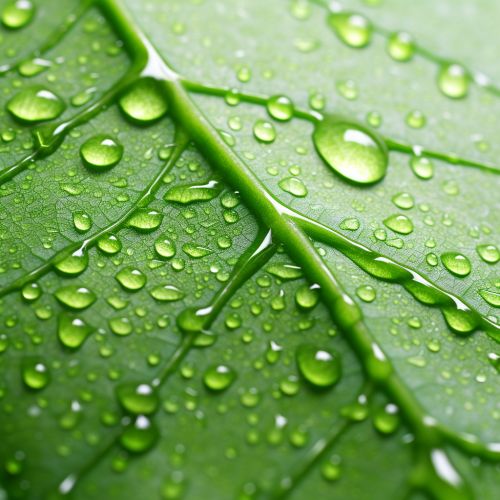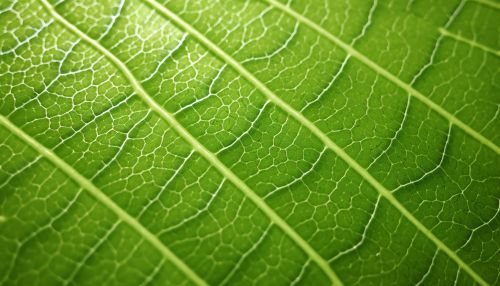Mechanisms of Plant Defense Against Biotic Stress
Introduction
Plants, as sessile organisms, are constantly exposed to a variety of biotic stresses including pathogens, pests, and herbivores. To counter these threats, plants have evolved a complex array of defense mechanisms that can be broadly classified into constitutive and induced defenses. These mechanisms involve a wide range of physiological and biochemical responses, including the production of defensive proteins and secondary metabolites, the activation of signal transduction pathways, and the modulation of gene expression.
Constitutive Defenses
Constitutive defenses are those that are always present in the plant, regardless of whether or not a threat is present. They include physical barriers such as the cuticle and cell walls, as well as chemical defenses such as the production of toxic or deterrent secondary metabolites.
Physical Barriers
The first line of defense in plants is the physical barrier provided by the cuticle and cell walls. The cuticle, a waxy layer covering the outer surface of the plant, acts as a barrier to water loss and pathogen entry. Similarly, the cell walls, composed of cellulose, hemicellulose, and lignin, provide structural support and act as a physical barrier against pathogen invasion.
Chemical Defenses
In addition to physical barriers, plants also produce a wide range of chemical defenses. These include secondary metabolites such as alkaloids, terpenoids, and phenolics, which can have toxic, deterrent, or antimicrobial effects on pests and pathogens. The production of these compounds can be constitutive or induced in response to biotic stress.


Induced Defenses
Induced defenses are those that are activated in response to biotic stress. These include the production of defensive proteins and secondary metabolites, the activation of signal transduction pathways, and the modulation of gene expression.
Defensive Proteins and Secondary Metabolites
Upon detection of a threat, plants can rapidly produce defensive proteins such as pathogenesis-related (PR) proteins and secondary metabolites. PR proteins have antimicrobial properties and can help to limit pathogen spread. Secondary metabolites, on the other hand, can have a wide range of effects, including deterring herbivores, inhibiting pathogen growth, and attracting beneficial organisms.
Signal Transduction Pathways
The activation of plant defense responses is mediated by complex signal transduction pathways. These pathways involve the perception of pathogen-associated molecular patterns (PAMPs) or damage-associated molecular patterns (DAMPs) by pattern recognition receptors (PRRs), leading to the activation of downstream signaling components and the induction of defense responses.
Modulation of Gene Expression
The activation of defense responses also involves significant changes in gene expression. This includes the upregulation of genes involved in defense and stress responses, and the downregulation of genes involved in growth and development. The modulation of gene expression is regulated by a variety of factors, including transcription factors, chromatin modifications, and small RNAs.
Conclusion
In conclusion, plants have evolved a wide range of defense mechanisms to counter biotic stress. These mechanisms involve a complex interplay of physical and chemical defenses, signal transduction pathways, and changes in gene expression. Understanding these mechanisms can provide valuable insights into plant-pathogen interactions and can potentially lead to the development of new strategies for crop protection.
